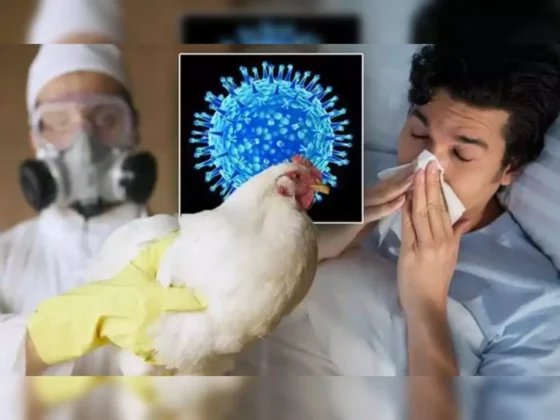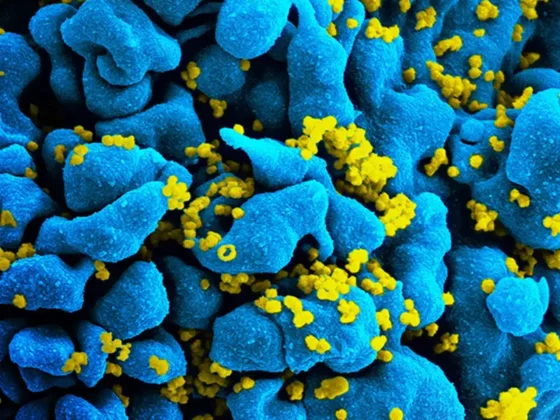In a major development, engineers in the United States have developed the first fully integrated wearable ultrasound system. According to engineers of the University of California San Diego, who have developed the wearable ultrasound system, it can monitor blood pressure, heart functions while on the go and can also transmit data wirelessly. The system developed by engineers facilitates potentially life-saving cardiovascular monitoring.
Earlier to this, there were several soft ultrasonic sensors and all of them required tethering cables for data and power transmission. This largely constrains the mobility of the users.
But the new wearable ultrasonic system-on-patch (USoP) is fully autonomous and includes a small, flexible control circuit that communicates with an ultrasound transducer array to collect and transmit data wirelessly. There is a machine learning component that helps interpret the data and track subjects in motion.
USoP allows continuous tracking of physiological signals
The ultrasonic system-on-patch or USoP allows continuous tracking of physiological signals from tissues as deep as 164 mm, continuously measuring central blood pressure, heart rate, cardiac output, and other physiological signals for up to 12 hours at a time. The detail about the USoP has been mentioned in the journal Nature Biotechnology,
“This project gives a complete solution to wearable ultrasound technology — not only the wearable sensor, but also the control electronics are made in wearable form factors,” said Muyang Lin, doctoral student in the Department of Nanoengineering at UC San Diego.
“We made a truly wearable device that can sense deep tissue vital signs wirelessly. This technology has lots of potential to save and improve lives,” Lin said.
Hypertension: How much Blood Pressure is too much Blood Pressure? | ALSO READ
The USoP also represents a breakthrough in the development of the Internet of Medical Things (IoMT), a term for a network of medical devices connected to the Internet, wirelessly transmitting physiological signals into the cloud for computing, analysis and professional diagnosis.
The engineers took devices that were stationary and portable and made them stretchable and wearable, driving a transformation across the landscape of healthcare monitoring.










